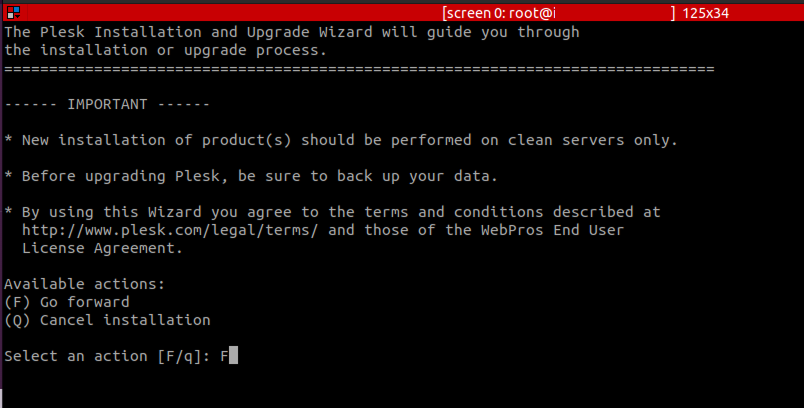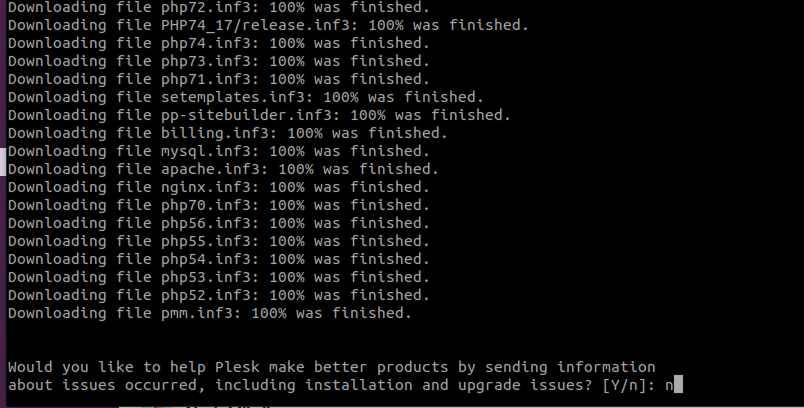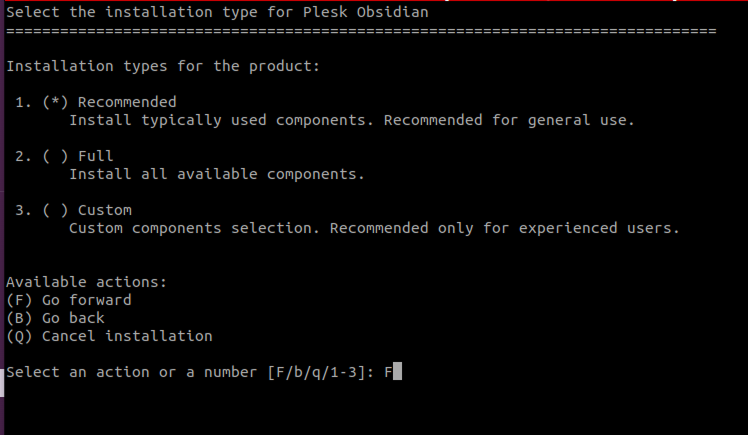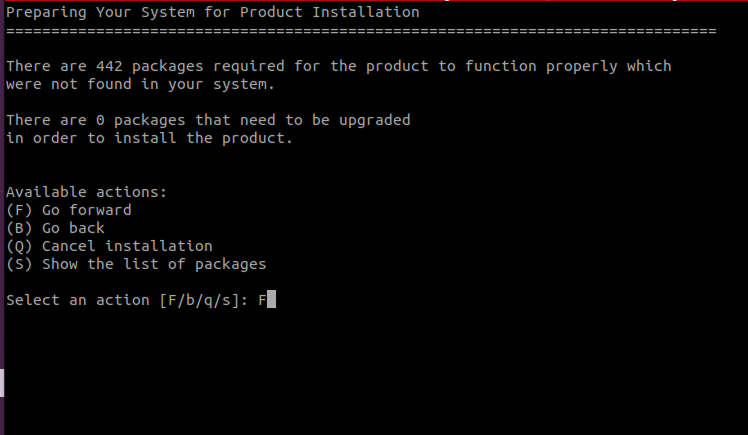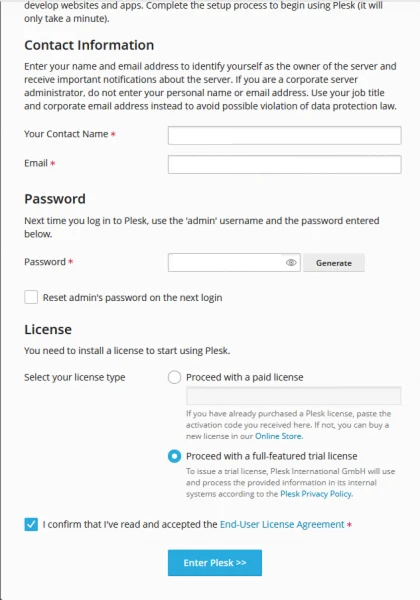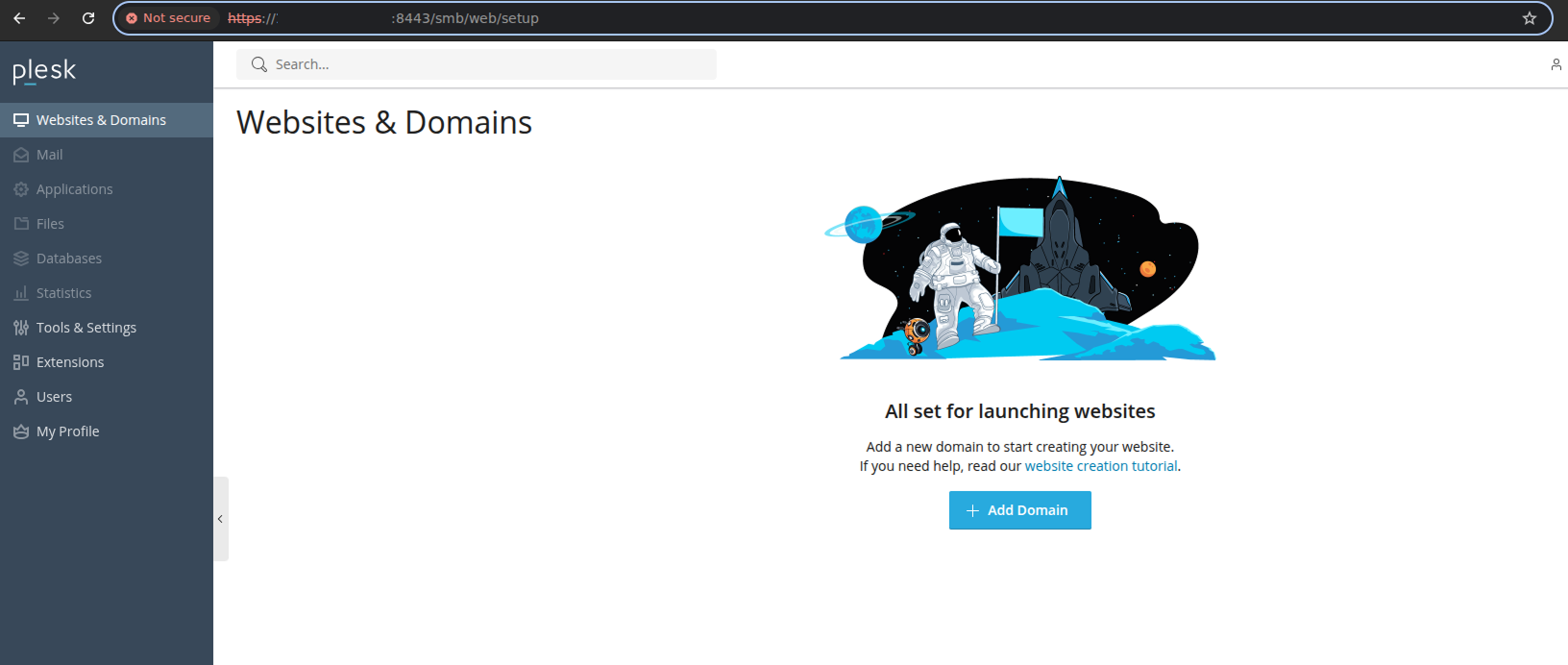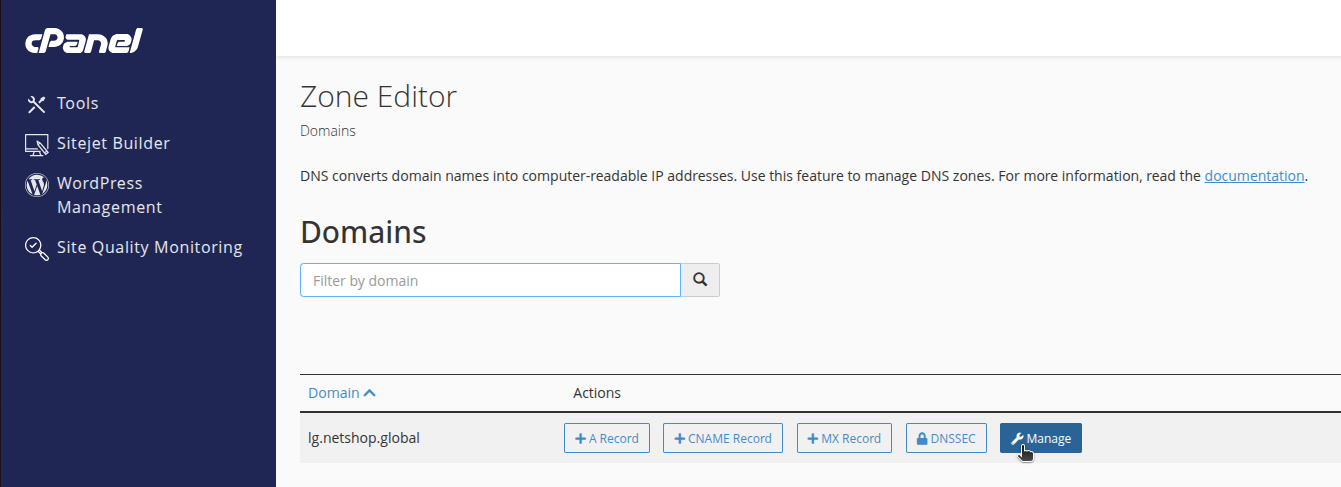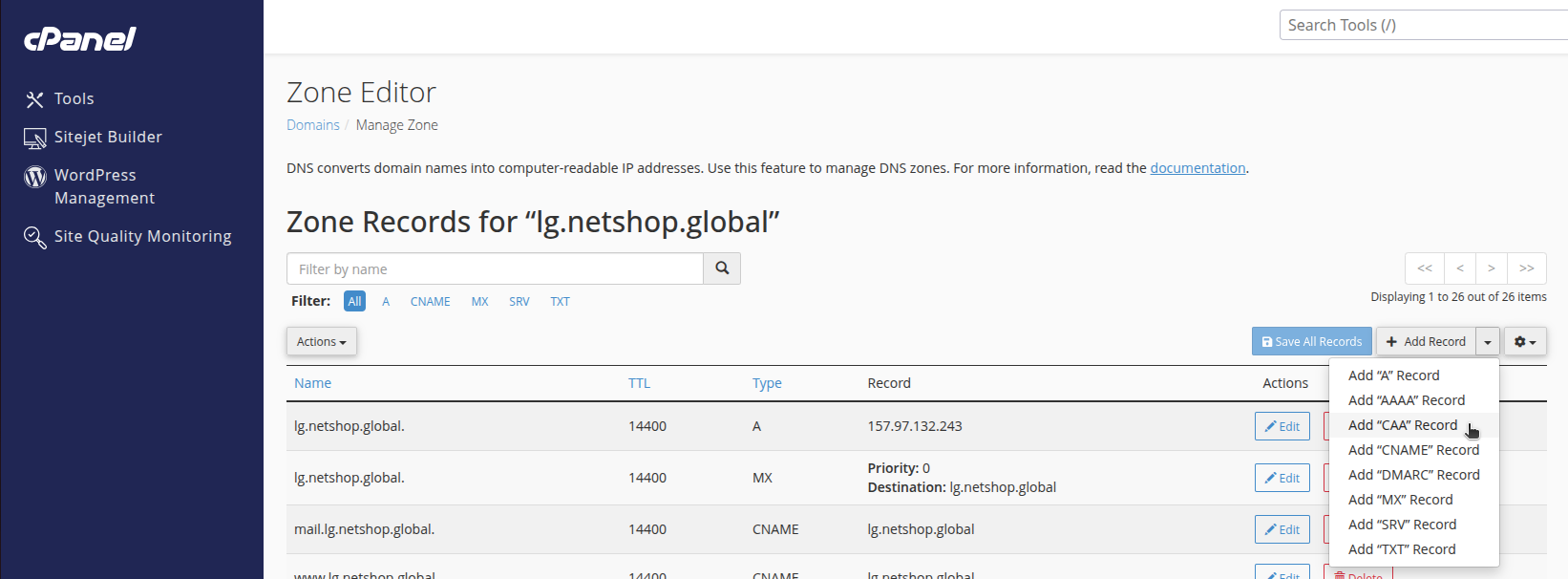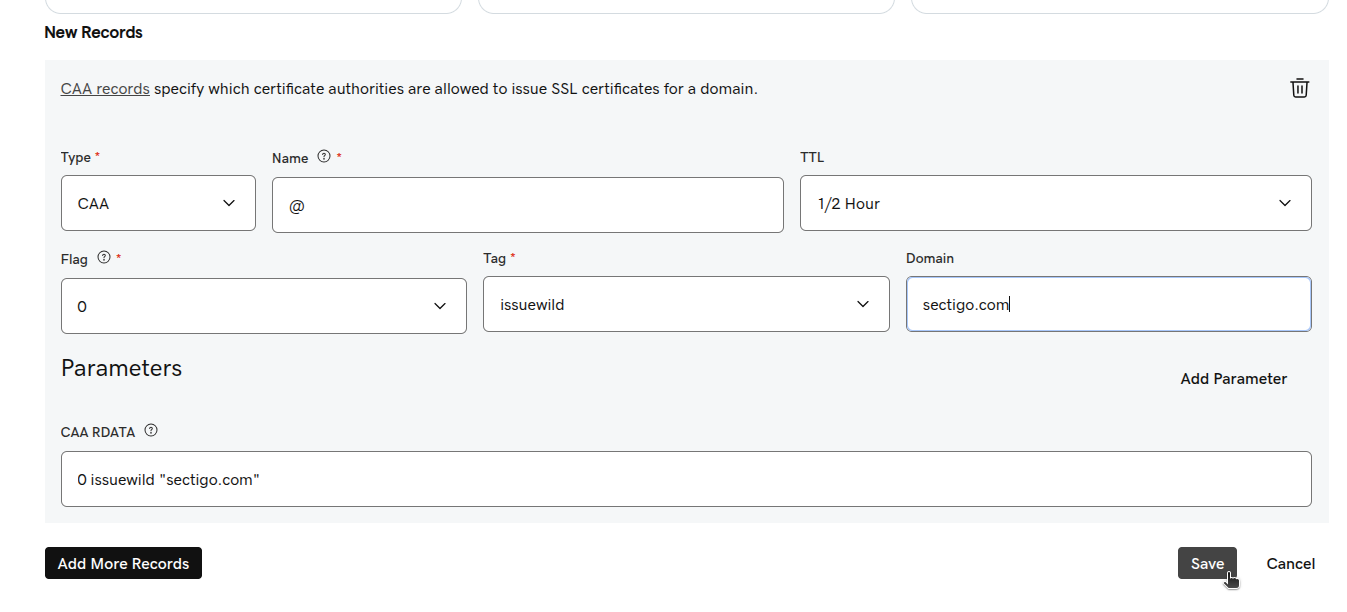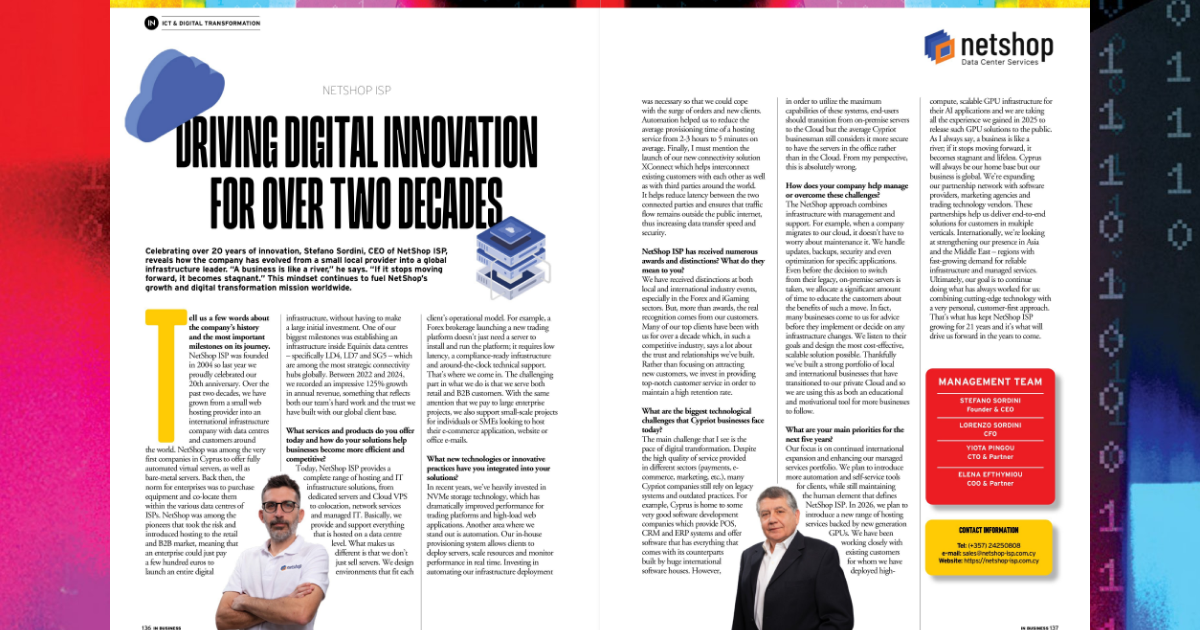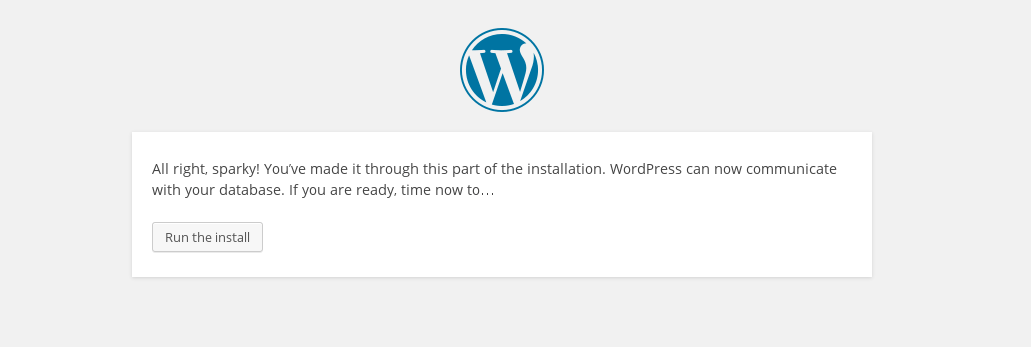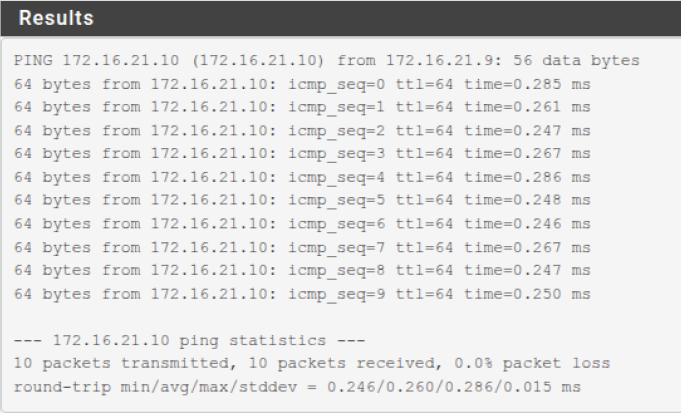NetShop ISP Website Facelift Goes Live, Featuring New SaaS & AI Hosting Pages
NetShop ISP rolls out website facelift along with the launch of new solutions for SaaS Hosting and AI infrastructure.
In 2026, a website should be content-centric and easy to navigate. As our hosting portfolio and content library continue to grow, it became clear that our website needed to evolve alongside them.
Today, we’re excited to announce the roll-out of a refreshed and improved netshop-isp.com.cy, designed to offer a better experience for every visitor.
This update is more than a visual refresh. It’s a usability-focused facelift built around readability, consistency and performance.
Improved Readability for a Content-Rich Platform
NetShop ISP is a content-heavy website by design. We serve technical professionals, businesses, and enterprises who rely on detailed information to make informed decisions. One of the key improvements in our face-lift is an updated font family that significantly enhances readability across all devices.
The new typography improves line spacing, contrast, and visual balance, making long-form content, product specifications, and technical documentation easier to read and scan. Whether you’re browsing service descriptions, comparing hosting solutions, or reviewing industry-specific pages, the content now feels cleaner and more accessible.
Consistency Across Pages, Links, and Calls to Action
As our website expanded over time, some inconsistencies naturally appeared across page layouts, hyperlinks, and call-to-action buttons. This update addresses those issues head-on.
We have standardized page formats, aligned content sections, and unified the styling of hyperlinks and action buttons. This creates a smoother browsing experience and makes it easier to identify key actions, such as requesting a quote, exploring services, or getting in touch with our team.
A Cleaner, More Cohesive Look
The new design introduces a more refined and modern color palette built around dark blue and white, complemented by blue hyperlinks and blue-to-purple gradient accents for specific actions.
This visual approach reinforces our brand identity while maintaining a clean, professional appearance. The subtle gradients are used purposefully, highlighting important interactions without distracting from the content itself.
Introducing SaaS and AI Hosting Solutions
As demand grows for scalable platforms and intelligent workloads, we have introduced new dedicated pages for SaaS Hosting and AI infrastructure solutions.

These pages are designed to clearly present how NetShop ISP supports software vendors, startups, and enterprises running SaaS platforms, as well as organizations deploying AI-driven applications.
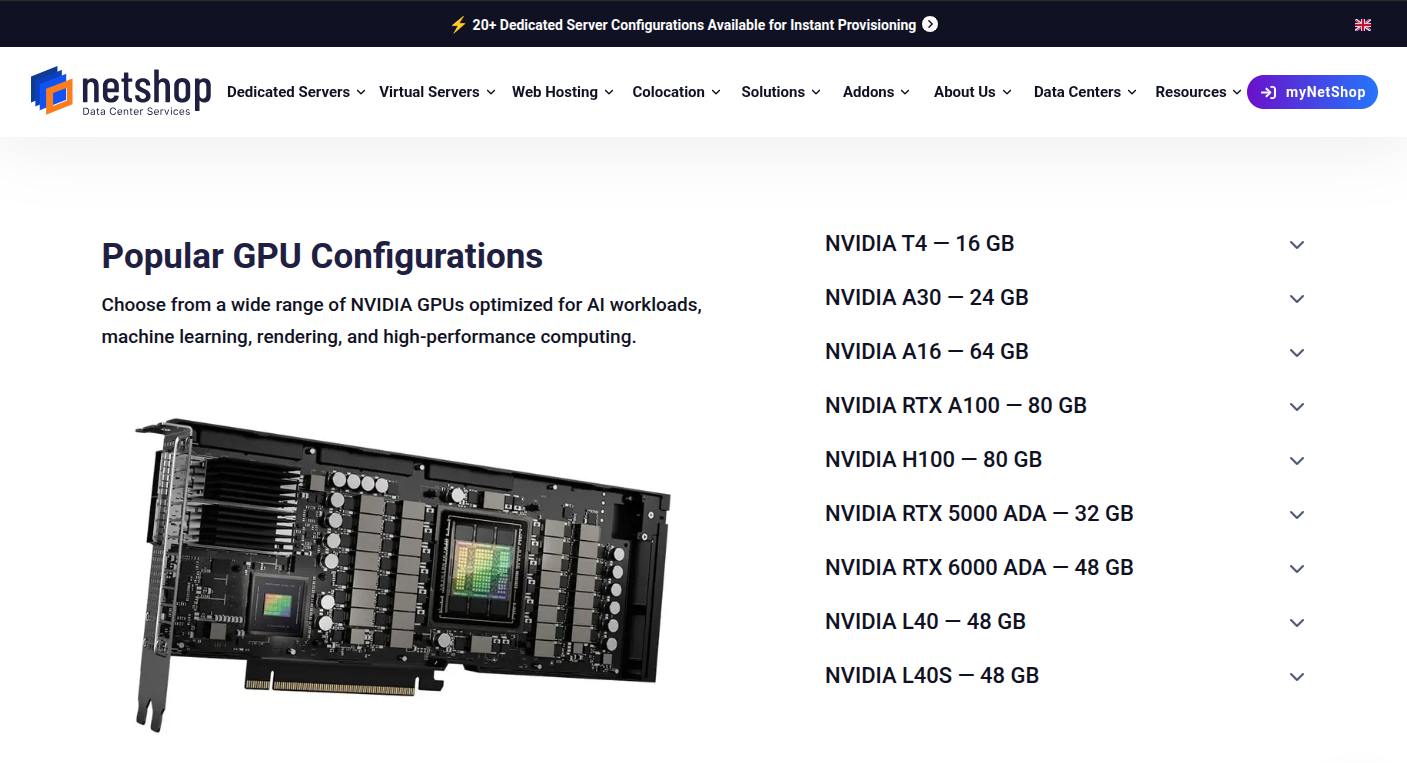
From performance-optimized cloud environments to reliable infrastructure for data-intensive workloads, these new sections showcase how our hosting solutions are built for modern use cases.
Performance Optimizations for Faster Page Load Times
Speed matters; not only for user experience, but also for search visibility and accessibility. As part of this face-lift, we have optimized even more the website to improve page load speed, ensuring faster access to content across regions and devices.
